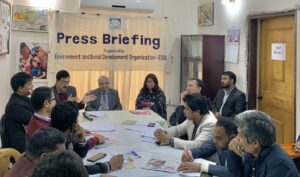
Environment and Social Development Organization-ESDO conducted research to analyze the market situation of lead used in paints. The study shows that despite the 90 ppm standard set by Bangladesh Standards Testing Institution- BSTI, lead is found in high concentrations in different paints. This finding was revealed in ESDO’s new study report titled “Lead in Paints: […] Read more »
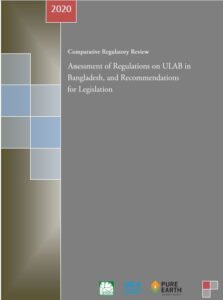
Download Pdf Read more »
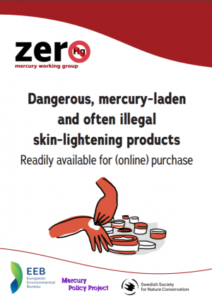
Download Pdf Read more »
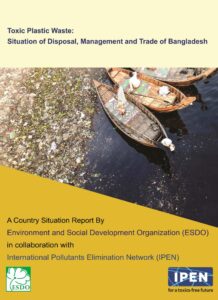
Download Pdf Read more »
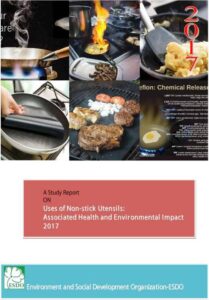
Download Pdf Read more »
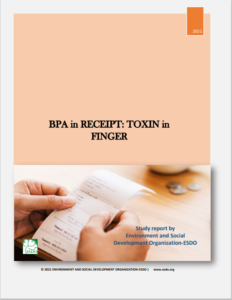
Download English Synopsis Download Bangla Synopsis Read more »
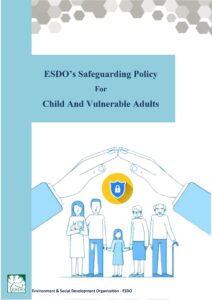
Fore more information, mail us at info@esdo.org Read more »
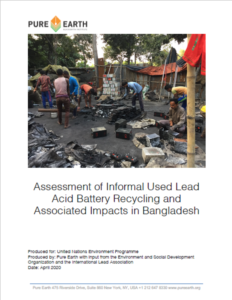
Bangladesh’s economy has evolved rapidly from one based primarily on agriculture to a more diversified service and manufacturing economy. While this evolution has helped Bangladesh move up the income scale, it has also created new pollution control and environmental health challenges that may be outpacing the government’s capacity to regulate industries and mitigate environmental health […] Read more »
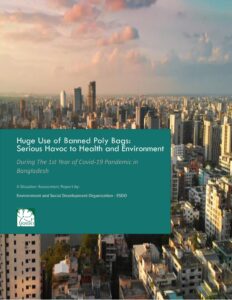
Plastic items have assumed critical parts in securing individuals during the COVID-19 pandemic. The broad use of individual defensive stuff made a gigantic interruption in the supply chain and waste disposal framework. A huge number of disposed of single-use plastics (masks, gloves, apron, and containers of sanitizers) have been added to the earthbound climate and […] Read more »

Executive Summery Aluminum cookware are being used for cooking purpose all over the world. Most of the cookware, used in South Asian countries including Bangladesh, is made up of aluminum. Cost effectiveness and heat conductance account for its popularity. Despite being harmless in lower concentrations, high aluminum intake results in chronic health effects in the […] Read more »
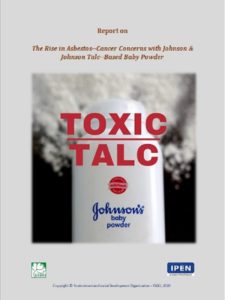
Executive Summary Despite the ban on Johnson and Johnson Talc-Based Baby Powder in developed countries like the USA and Canada, those banned products are still imported and sold in developing countries like India, Bangladesh, Sri Lanka, etc. Johnson and Johnson Baby Powder are already banned in the USA and Canada. In South Asia, India has […] Read more »

At the end of the very first month of the official lockdown to prevent COVID-19 spread in Bangladesh, about 14500 tons of hazardous plastic waste has emerged from the dramatically increased use of single use surgical face masks, hand gloves, hand sanitizers and polythene bags in communities and health care facilities, a recent study by […] Read more »
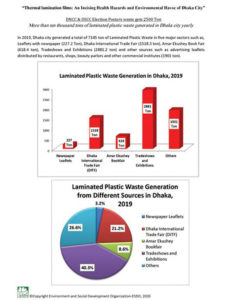
Environment and Social Development Organization- ESDO organized a Press Briefing on “Prevalence of Plastic Lamination Use in Posters and Leaflets” on 28th of January, 2020 at 12 pm in ESDO head office. More than ten thousand ton of laminated plastic waste is generated fromdifferent sources in Dhaka every year, which causes health hazards and environmental […] Read more »

“Bangladesh throw away about 87,000 tonnes of single-use plastic every year, about 96% of the total of these wastes are sachets, which are completely non-recyclable. Most single –use plastics used in Bangladesh are not disposed of properly, and so they end up in the landfills, lakes, rivers, or in the ocean.” Download Pdf Read more »
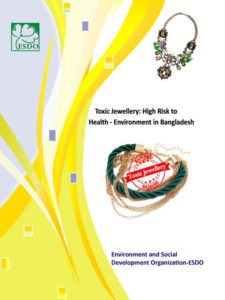
Executive Summary Jewellery is an individual embellishment that people used from ancient time to complement themselves. Jewellery may be made from an extensive range of materials, but gemstones, precious metals, beads, and shells have been widely used. From time to time, lots of things have been added for the production of ornaments. Many of these […] Read more »
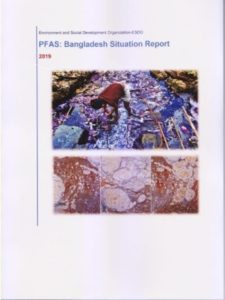
Executive Summary Per- and polyfluoroalkyl substances (PFAS) are a group of man-made fluorinated organic compounds that are highly stable and persistent in the environment. These compounds have been used in industrial applications and consumer products since the 1950s, and many different PFAS have been detected in environmental media, food, biota and human serum. However, the […] Read more »
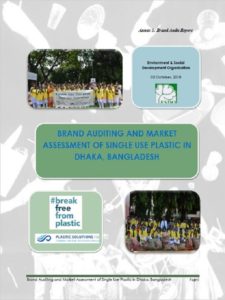
People are using various plastic products, microbeads containing products and single-use plastic products (in the form of sachets and plastic tube packaging). Plastic packaging contains many different chemicals with endocrine disrupting properties including solvents, UV stabilizers, phthalates, antimicrobials, and industrial additives. The diverse array of chemicals used in plastic packaging, combined with their widespread use, […] Read more »
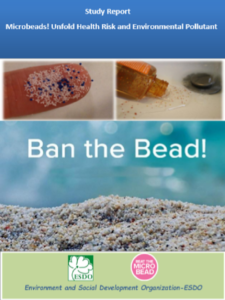
Once upon a time, groundnut shells, salt crystals were used as scrubbing and exfoliating agents. Over these years, all these natural but traditional, biodegradable alternatives are being replaced by a non-biodegradable, cheap tiny plastic particle, called microbead. It is increasingly clear that microbeads, which, like plastic bags, are made of polyethylene, are a harmful and […] Read more »

The release of lead into the environment poses significant risks to human health especially to children and the environment. Addressing children’s exposure to lead from paint. UN Environment and the World Health Organization (WHO) jointly formed The Global Alliance to Eliminate Lead Paint with a view to minimizing occupational exposures to lead paint. International Lead […] Read more »
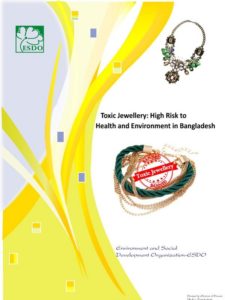
Jewellery is an individual embellishment that people used from ancient time to complement themselves. Jewellery may be made from an extensive range of materials, but gemstones, precious metals, beads, and shells have been widely used. From time to time, lots of things have been added for the production of ornaments. Many of these are elements, […] Read more »